Have you ever found a forgotten chocolate covered in a white coating in the kitchen cupboard? This often happens when you buy chocolate candy at the store. You will surely be happy to know that this does not necessarily mean that the chocolate has expired.
However, the white chocolate coating can put off any sweet tooth. Is there any cause for concern?
Why does chocolate turn white
In fact, this strange phenomenon is called "blooming" and occurs due to improper storage. At temperatures that are too high or too low, the fat particles in the chocolate rise to the surface and create a powdery film.
Scientists have discovered exactly how white coating on old chocolate forms and have found ways to prevent it. The chemists report their discovery in the pages of the journal Applied Materials & Interfaces.
The white plaque is completely harmless and does not affect the taste of the product. Scientists have long known that the so-called plaque is due to the fact that fats (for example cocoa butter) come to the surface of the chocolate bar and crystallize there.
American chemists managed to capture the process of plaque formation in real time. To speed up the process, they grind chocolate's main ingredients (cocoa beans, sugar, milk powder, and cocoa butter) into a powder and examine its crystal structure with powerful X-rays. Then, as an experiment, a few drops of sunflower oil were added to the samples, as a result of which the fat began to move rapidly through the small pores in the chocolate (due to the capillarity effect).
The researchers concluded that the best way to prevent plaque formation was to reduce the porosity of the chocolate. In addition, under certain storage conditions, the amount of liquid fat in the tile is minimized (this is a cool place with a temperature of about 18°C).
If you still don't feel like eating chocolate, which has turned white, feel free to use it in recipes for:
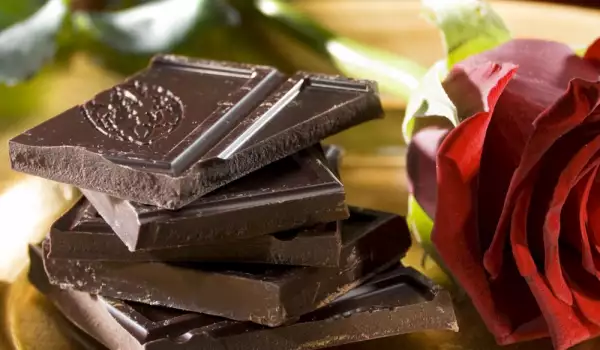

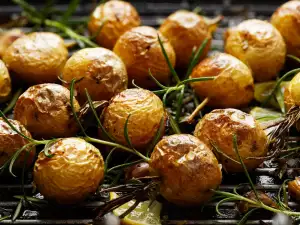

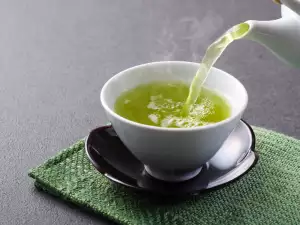
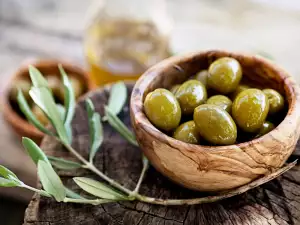


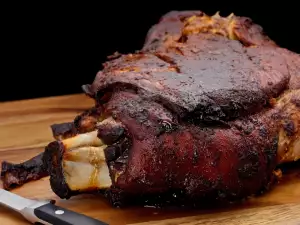

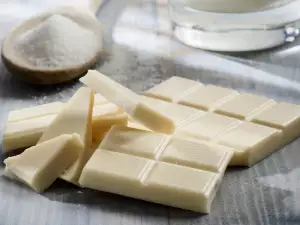
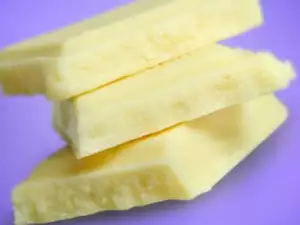
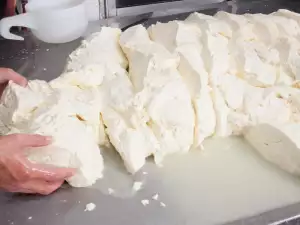
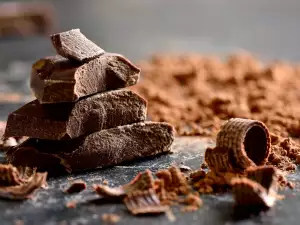
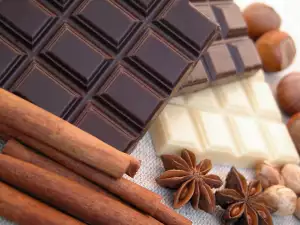



Comments